Table 1. Summary of alternative histone acyl modifications.
| Acyl group structure | Properties | HATs | HDACs |
|---|---|---|---|
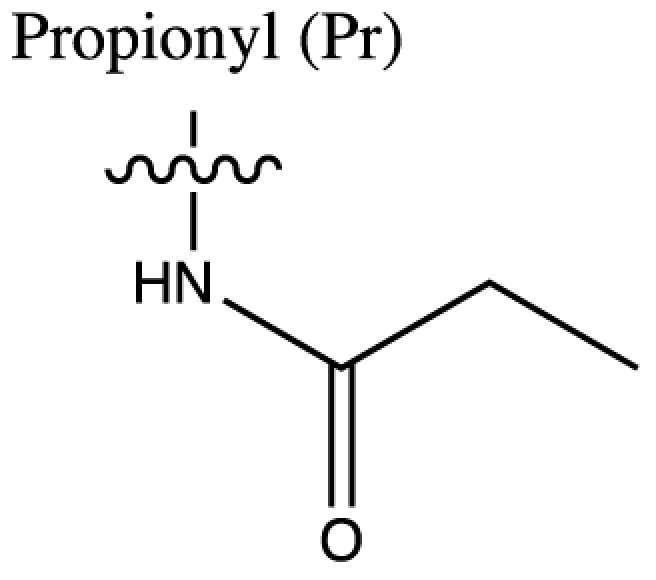 |
Hydrophobic | p300/CBP [79,93], PCAF [112], GCN5 [93,113], MOF, HBO1, MOZ [114] | SIRT1/2/3 [115] |
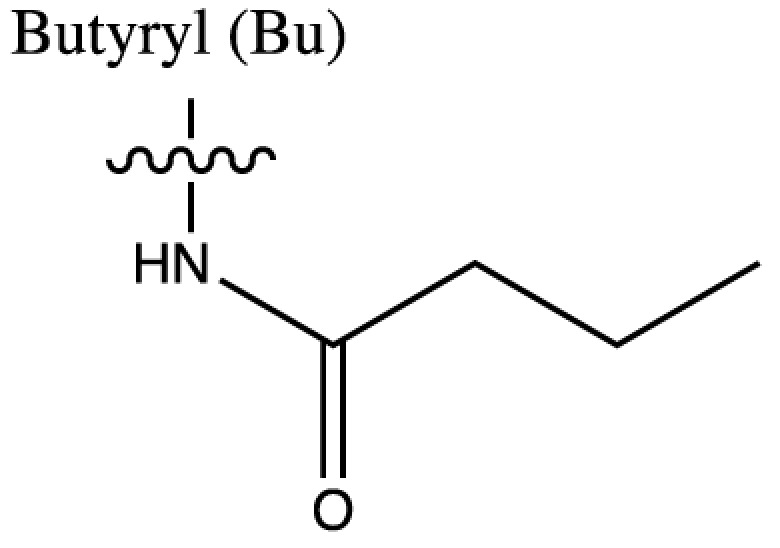 |
Hydrophobic | p300/CBP [78,93], PCAF [93], GCN5 [93,113] | SIRT1/2/3 [115] |
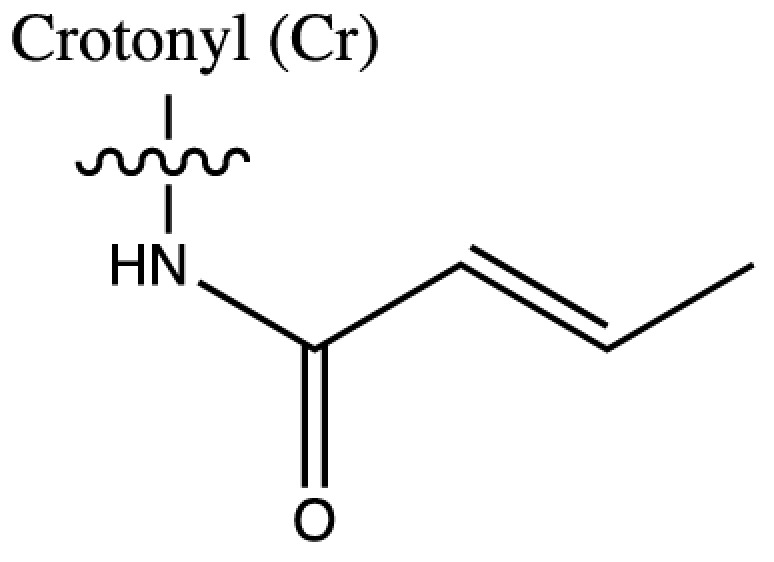 |
Hydrophobic | p300/CBP [10], MOF [95] | HDACs 1/2/3 [96,116–118], SIRT1/2/3 [119] |
 |
Hydrophobic | SIRT2 [83] | |
 |
Acidic | SIRT5 [120] | |
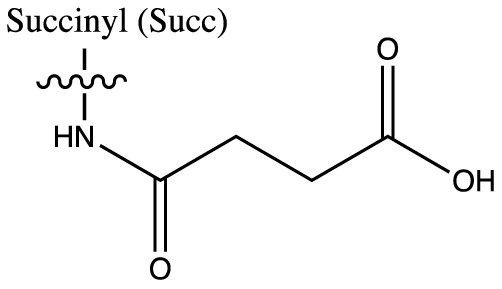 |
Acidic | GCN5 [86] | SIRT5 [120,121], SIRT7 [99] |
 |
Acidic | p300 [81] | SIRT5 [81] |
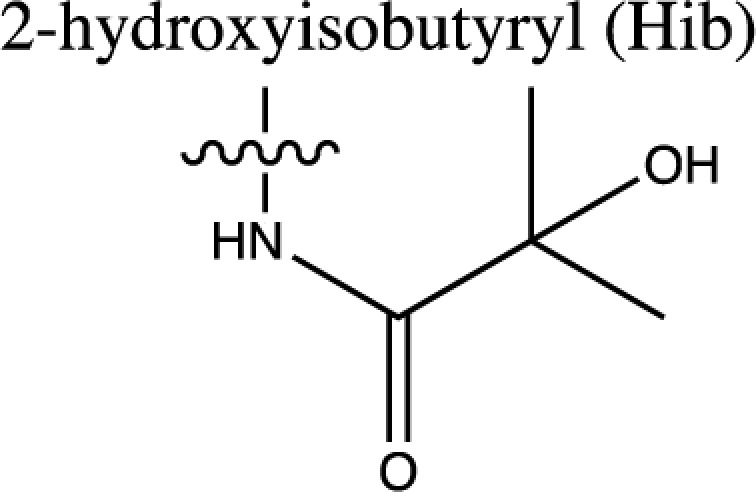 |
Polar | p300 [94], Tip60 [122] | HDACs 1/2/3 (largely 2 and 3) [80,122] |
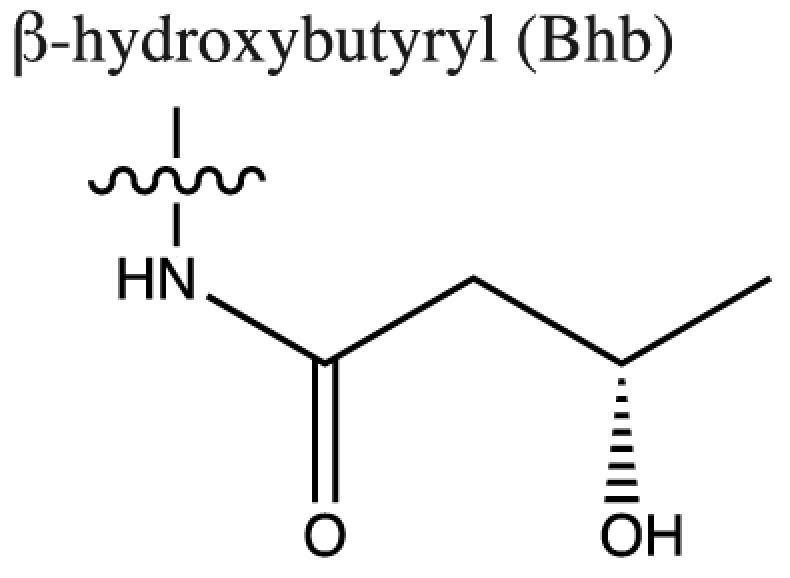 |
Polar | p300 [85] |
The chemical structures and properties of acyl groups and the enzymes which are currently known to catalyse the addition or removal of these from histones are shown.
